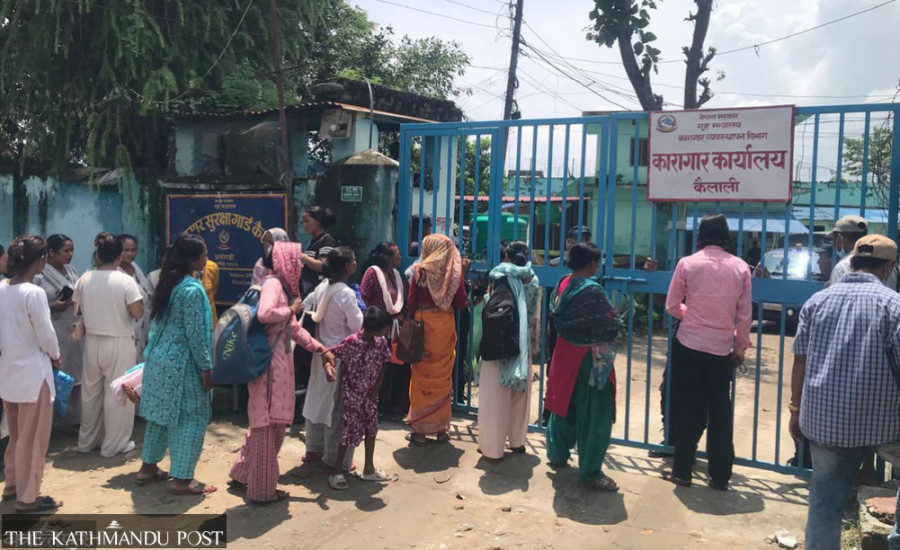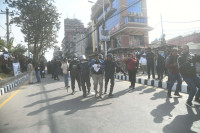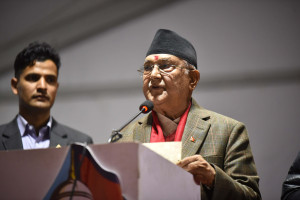Editorial
Locked up and forgotten
The state authorities seemingly believe their job is done when they throw criminals behind bars.
By keeping criminals confined, prisons help maintain law and order. Yet a growing body of research suggests that a prison sentence, instead of helping to reform criminals, makes them prone to committing more crimes in the future. Due to social stigma, those incarcerated have very low job and income prospects when they are released. It is not just the question of social stigma though. Spending a long time in the vicinity of other criminals only hardens criminal tendencies. This is especially so if the prisons are crowded and inmates do not enjoy even a modicum of privacy. Nepal’s prisons are notoriously overcrowded. Built to house around 16,000 inmates, they now pack in over 30,000 people. Abuse of drugs and alcohol is rampant; and gang violence all too common. All these attributes make Nepali prisons dangerous places, even for criminals. Take the latest incident of violent clashes in the Kailali District Prison on Friday, which has left one inmate dead and scores of others injured, some seriously.
A month ago, 590 inmates had warned prison administration of imminent clashes. As rival gangs increased their activities, the inmates feared the worst. When there was no response from the prison administrator, they had written to the National Human Rights Commission, asking for urgent intervention to help cool down simmering tensions. Yet, again, there was no answer. This was the context of the deadly clashes on Friday, two days after which the prison was still under the control of rioting inmates. The violent nature of some inmates undoubtedly contributed to the clashes. Yet it would be injustice to blame the vast majority of prisoners who have silently suffered sub-human living conditions for years on end. Repeated government commitments to increase the sizes and number of prisons have been conveniently forgotten. In just the past two months, there have been four such incidents of rioting and violence in prisons. These incidents will continue if the state does not rethink its deeply flawed prison management system.
Besides having more prison space, the prison administration system also needs improvement. Even in the case of the recent clashes in Kailali, as the risk of violence grew, both the prison’s chief and deputy chief were on a leave, in what can only be termed a gross neglect of duty. It is also surprising that more security personnel were not deployed at the prison when the vast majority of prisoners were clamouring for protection. In fact, even the prime minister and home minister had been informed—weeks in advance—of growing tensions in the Kailali prison. Yet nothing happened. The only logical conclusion that can be drawn in the face of such blatant dereliction of duty is that the state authorities believe their job is done when they lock up criminals. The focus on ensuring a minimum quality of life for inmates and helping them get off the criminal path through right psychological interventions and training seems to be missing. Holding people in crowded and neglected spaces has proven to be just about the worst way to reform criminals. It is also a terrible method of crime-control.




 10.12°C Kathmandu
10.12°C Kathmandu












%20(1).jpg&w=300&height=200)

